Fishing for bonito is a popular recreational activity that can be enjoyed by people of all ages. Not only does it provide an excellent opportunity to spend time in nature, but it also offers a chance to catch delicious and nutritious fish.
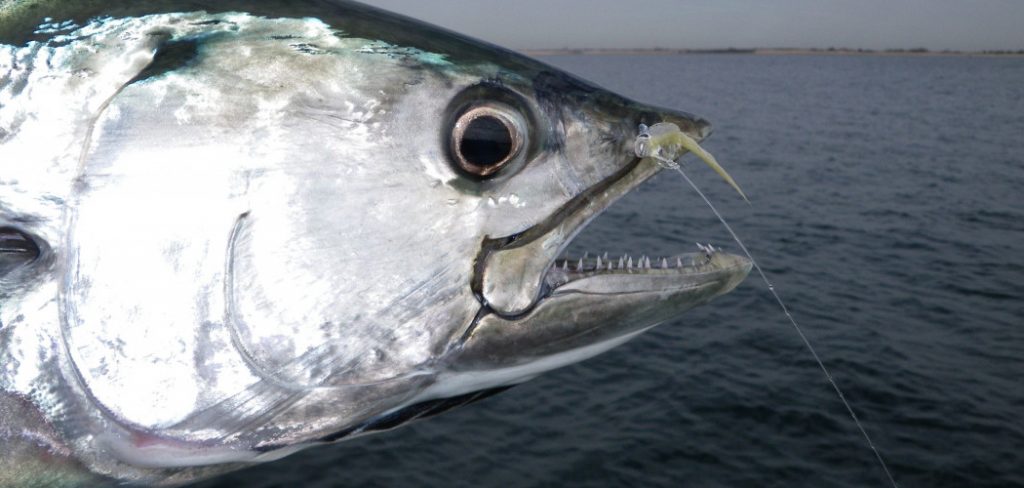
The main advantage of fishing for bonito is the satisfaction that comes with catching your own fish. Unlike buying it from a store or restaurant, you can experience firsthand the thrill and excitement of reeling in a bonito. Additionally, fishing for bonito can be an enjoyable activity for all ages, making it an ideal way to spend time with family and friends. In this blog post, You will learn in detail how to fish for bonito.
Step by Step Processes for How to Fish for Bonito
Step 1: Inspect Your Fishing Gear
Before you head out to fish for bonito, it’s important to inspect your fishing gear. This includes checking your rod and reel, making sure they are in good working condition, and replacing any damaged or worn out parts. You’ll also want to make sure you have the right size hooks and line weight for bonito.
Step 2: Choose Your Fishing Location
The next step in fishing for bonito is choosing the right location. Bonito can be found in coastal waters, so look for areas with a mix of sandy and rocky bottoms. They also tend to congregate around structures like jetties, piers, and reefs. Pay attention to water temperature as well, as bonito prefer cooler waters.
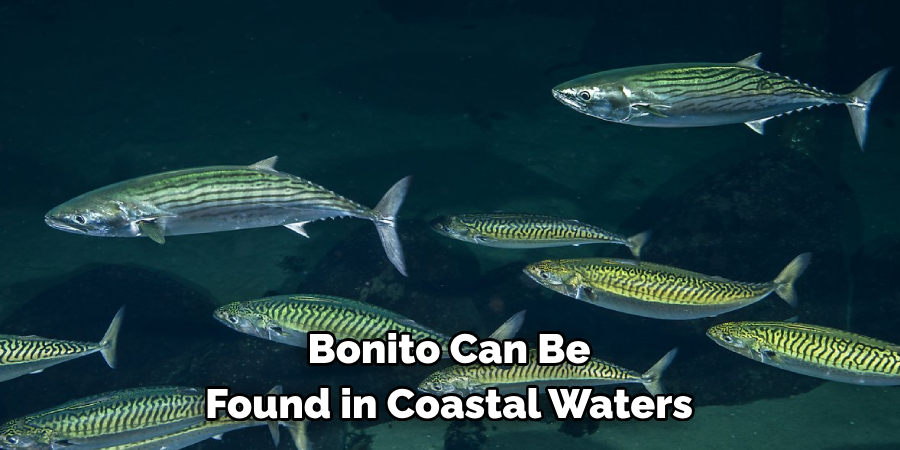
Step 3: Gather Your Bait and Lures
Bonito are known for their aggressive feeding habits, so you’ll want to make sure you have a variety of bait and lures. Some popular options include small fish, squid, and artificial lures like spoons or jigs. Experiment with different types to see what works best for you.
Once you have your bait and lures, it’s time to prepare your fishing rig. A popular rig for bonito is a fish finder rig, which consists of a sliding sinker above the leader line and a hook below. This allows the bait to move freely in the water, making it more enticing to bonito.
Step 4: Cast Your Line
With your rig set up and bait ready, it’s time to cast your line. Be sure to cast in the direction of any structures or areas where bonito are known to congregate. Keep an eye on your line for any signs of bites.
As soon as you feel a tug on your line, it’s time to start reeling in your catch. Bonito are known for their fast and strong runs, so be prepared for a fight. Make sure to keep tension on the line and use your rod to control the direction of the fish.
Step 5: Use Proper Handling Techniques
Once you’ve successfully reeled in your bonito, it’s important to handle it properly. Avoid touching its gills or eyes, and use a pair of pliers to remove the hook. If you plan on releasing the fish, make sure to do so quickly and gently.
If you plan on keeping your bonito for consumption, it’s important to keep it fresh. Bleed the fish by cutting its throat right after catching it. Then, store it on ice or in a cooler until you are ready to clean and cook it.
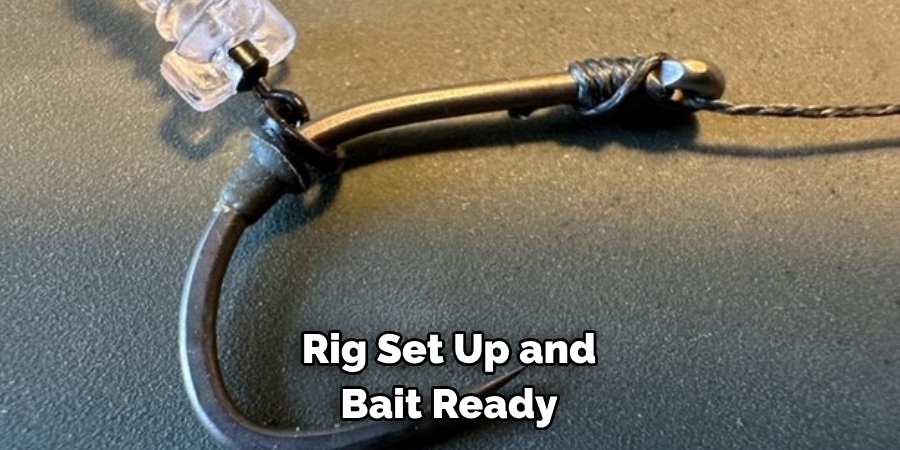
Step 6: Clean and Cook Your Bonito
Cleaning and cooking your bonito will depend on personal preference. Some popular methods include grilling, smoking, or pan-searing. Just make sure to remove any dark meat from the fillet before cooking for a more enjoyable flavor.
As with any type of fishing, it’s important to practice conservation when targeting bonito. Make sure to follow size and bag limits, and release any fish that you do not plan on keeping. This will help ensure the sustainability of the species for future generations of anglers. Additionally, properly dispose of any trash or waste while fishing to keep our oceans and marine life healthy.
Precautions for How to Fish for Bonito
- Always bring someone with you. When fishing for bonito, it’s always best to have a partner by your side. They can assist you in case of any emergencies and also make the whole experience more enjoyable.
- Wear appropriate clothing. It’s important to dress appropriately when fishing for bonito, especially if you’re planning on going out on a boat. Make sure to wear non-slip shoes, a hat, and sun protection to stay comfortable and safe.
- Check the weather. Before heading out to fish for bonito, make sure to check the weather forecast. Storms can come on quickly and unexpectedly, so it’s important to be aware of any potential changes in the weather.
- Bring a first aid kit. Accidents can happen while fishing, so it’s important to have a first aid kit on hand. This should include items like bandages, antiseptic cream, and pain relievers.
- Use proper equipment. Bonito can put up a good fight, so make sure your fishing equipment is strong and in good condition. This includes your rod, reel, line, and hooks.
- Be aware of your surroundings. When fishing for bonito, it’s important to be aware of any potential hazards in the water such as rocks or strong currents. Make sure to also keep an eye out for other boats and swimmers.
- Follow local fishing regulations. Make sure to research and follow any fishing regulations set by your local authorities. This not only ensures that you are following the law, but also helps to protect the bonito population for future generations of fishermen.
By following these precautions, you can have a safe and enjoyable fishing experience while targeting bonito. Always remember to prioritize safety and be well-prepared before heading out on your next fishing trip.
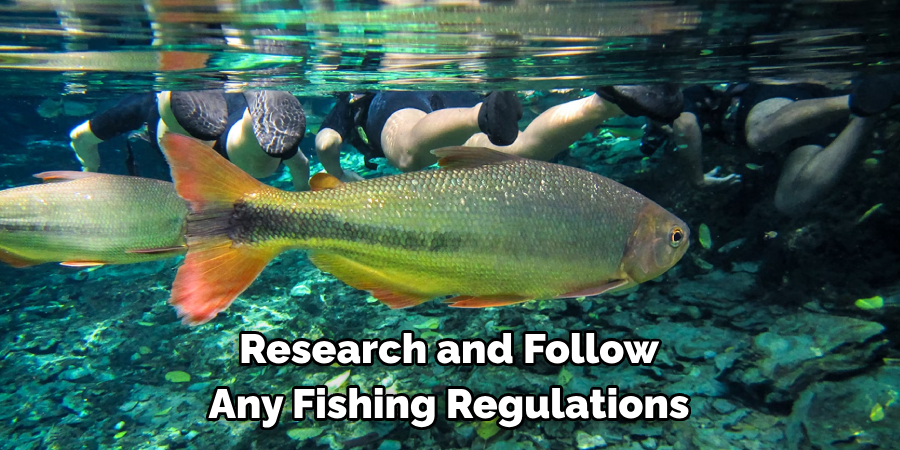
What is the Average Lifespan of a Bonito Fish?
The average lifespan of a bonito fish varies depending on the exact species, but most typically live for 4-6 years. Some may even live up to 10 years if kept in optimal conditions. Bonitos are known as fast-growing fish and reach maturity quickly, usually within their first year of life. They have a high metabolic rate which means they require a lot of food to sustain their rapid growth. Bonito fish are known for their strong swimming abilities and can typically reach speeds of up to 30 miles per hour. They have a streamlined body shape with powerful muscles, allowing them to swim quickly and efficiently.
In terms of habitat, bonitos are found in temperate waters all around the world. They prefer coastal areas with rocky bottoms and thrive in areas with strong currents. They are also known to make long-distance migrations, often following schools of smaller fish that they feed on. Bonito fish are highly sought after by commercial fishermen due to their delicious meat and high nutritional value. They are a popular seafood choice in many countries, especially Japan where they are used for sushi and sashimi. However, due to overfishing, some species of bonito are now considered endangered.
Are There Any Health Benefits to Eating Bonito?
Some studies have suggested that bonito may provide various health benefits due to its high nutritional value. Bonito is a good source of protein, which is essential for maintaining and repairing body tissues. It also contains significant amounts of omega-3 fatty acids, which are known for their anti-inflammatory properties and can help reduce the risk of heart disease. Moreover, bonito is rich in vitamins and minerals, including vitamin B12, selenium, and potassium. Vitamin B12 is crucial for maintaining a healthy nervous system and producing red blood cells, while selenium plays an important role in immune function and metabolism.
Potassium helps regulate blood pressure and supports heart health. In addition to these essential nutrients, bonito also contains antioxidants that can help protect against cell damage caused by free radicals. These antioxidants may also have anti-aging effects and help prevent chronic diseases such as cancer. Furthermore, bonito is low in calories and fat, making it a suitable food for those looking to manage their weight or maintain a healthy diet. It is also low in mercury compared to other types of fish, making it a safer choice for consumption.
Are There Specific Techniques I Should Use When Fishing for Bonito?
There are a few specific techniques you can use when fishing for bonito that may help increase your chances of catching one. These techniques include:
- Trolling: This technique involves dragging a lure or bait behind a moving boat. Bonito are known to be attracted to fast-moving lures, so trolling at a speed of 4-6 knots can be effective in catching them. The key is to keep the lure close to the surface, as bonito are known for their feeding behavior near the top of the water.
- Chumming: This involves throwing small pieces of bait into the water to attract a school of bonito. Once you have located a school, you can then cast your line and try to catch one. It is important to use small pieces of bait, as bonito have smaller mouths and are more likely to bite on smaller, realistic-looking baits.
- Jigging: This technique involves using a jigging spoon or lure that mimics the movement of a baitfish. By jerking your rod up and down, you can create an erratic and enticing motion that can attract bonito. This technique is best used in areas with a lot of baitfish.
- Fly Fishing: For those who enjoy fly fishing, targeting bonito can be an exciting challenge. Using small baitfish imitations on a fast-sinking line can be effective in catching these speedy fish.
- Live Baiting: If you have access to live bait such as small fish or squid, you can use them to attract bonito. Simply hook the live bait and let it swim around in the water, and wait for a bonito to strike.
Regardless of which technique you choose, it is important to have patience and pay attention to your surroundings. Bonito are known for their fast movements and can be easily spooked, so try to be as stealthy as possible when approaching them. Also, make sure you have the right equipment and a strong fishing line, as bonito are known for their powerful runs and can put up a good fight once hooked.
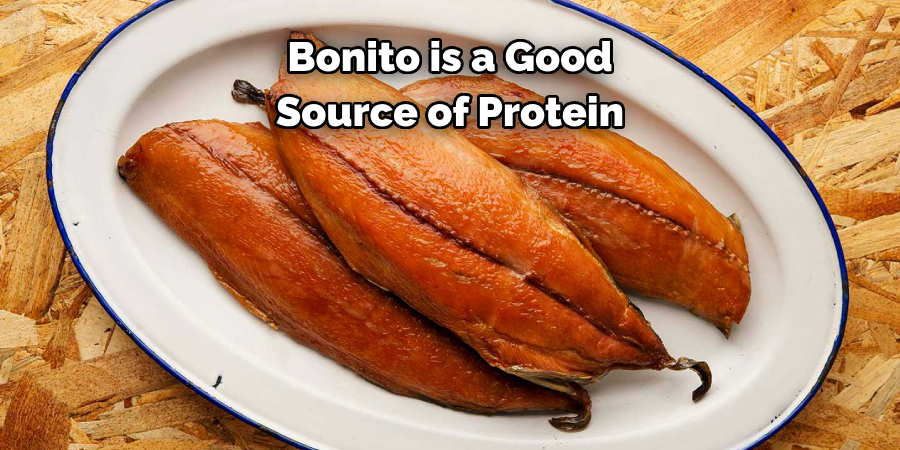
Conclusion
In conclusion, fishing for bonito can be an exciting and rewarding experience. By following the tips and techniques outlined in this blog, you can increase your chances of success and have a more enjoyable time on the water. Firstly, it is important to research the timing and location for bonito fishing. These fish are highly migratory and tend to follow certain patterns depending on the season and water temperature.
By understanding their behavior, you can plan your fishing trip accordingly and increase your chances of catching bonito. Secondly, choosing the right equipment is crucial for successful bonito fishing. These fish are known to be strong fighters, so having a medium to heavy action rod with a fast reel is recommended. Additionally, using braided line and fluorocarbon leader can help you land more bonito. I hope reading this post has helped you learn how to fish for bonito. Make sure the safety precautions are carried out in the order listed.
About the Author
Jennifer Branett is the author of Fishy Kayak and an expert in fish-related fields, with over 10 years of experience. Her work blends passion for fishing with a commitment to conservation.
Educational Background
Degree: Bachelor’s in Marine Biology
Institution: University of California, Santa Barbara
Specializations: Aquatic ecosystems, fish behavior, and sustainable practices
Professional Experience
Conservation Projects:
Collaborated with local organizations to restore aquatic habitats
Developed educational programs on sustainable fishing practices
Publications:
Authored articles for fishing magazines and environmental journals
Featured speaker at fishing expos and conservation conferences
Key Areas of Expertise
Fishing Techniques:
Kayak fishing strategies
Freshwater and saltwater fishing methods
Environmental Stewardship:
Advocacy for sustainable fishing
Promoting biodiversity in aquatic environments
Awards and Recognition
Recipient of the [Specific Award Name] for contributions to marine conservation
Recognized as a leading voice in the fishing community by [Organization/Publication Name]
Community Engagement
Workshops and Seminars:
Regularly hosts events to educate anglers on sustainable practices
Engages with youth programs to inspire the next generation of fishers
Online Presence:
Maintains an active blog sharing tips, stories, and conservation efforts
Engages with followers on social media to promote fishing ethics
Personal Interests
Enjoys kayaking in scenic locations
Passionate about photography, capturing the beauty of nature
Advocates for local conservation efforts in her community
